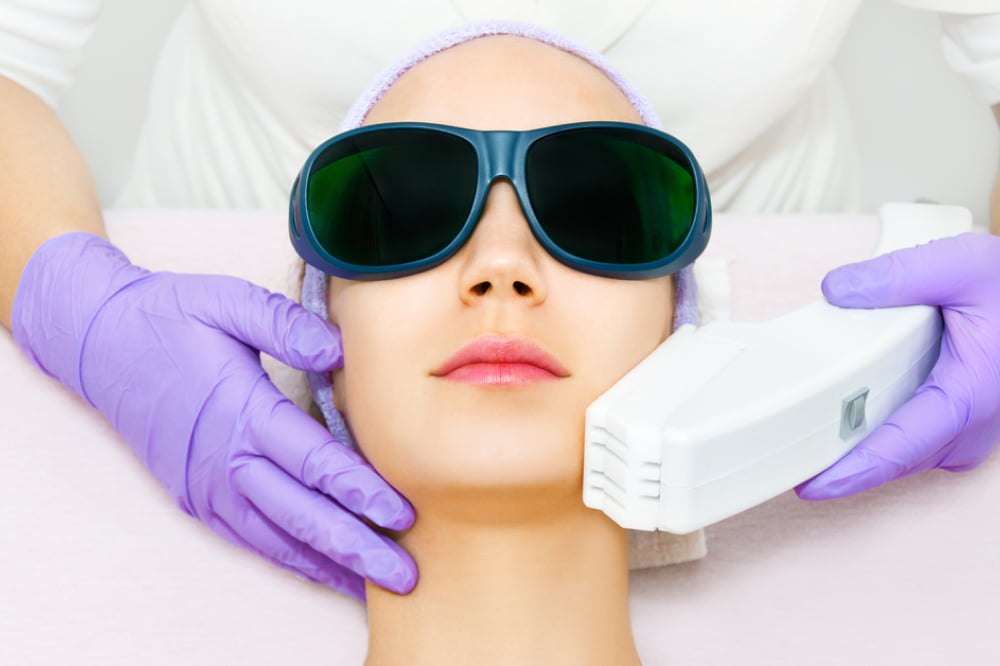Ingrown Hair Removal And Prevention
You have strange bumps on your skin that are painful, and they aren’t a sign of a rash or isn’t pimples. So what could it be? Ingrown hair.
Ingrown hair is a pain. Both men and women experience this when shaving is a constant routine. While shaving is the most common cause of ingrown hair, waxing and wearing clothes that are too tight can cause it too.
Symptoms of ingrown hair – What does it look like ?

An ingrown hair is similar to a pimple. The area around your skin is raised if there is an ingrown hair, and it might look like a red bump on your skin. Sometimes, it might look like a boil or a sore.
They can be itchy, and some people complain that they feel like there’s a needle below their skin, poking them. Over time and if left untreated, the ingrown hair can produce pus.
Men usually experience ingrown hair on their cheeks, chin or neck, because they shave these areas regularly. Ingrown hair for men could appear as a bunch of red bumps in and around these areas.
For women, the common places that have ingrown hair include the arms, legs, pubic area, and armpits.
What causes ingrown hair?
Most of us experience ingrown hair often. Here are a few causal factors of ingrown hair:
- People who have coarse and curly hair are more prone to have ingrown hair as opposed to people who have straight hair. The reason for this is that curly hair can bend backward and grow into the skin, the result being an ingrown hair.
- Shaving can cause ingrown hair; it is one of the most popular causes of ingrown hair. Also known as razor bumps, using a blade or razor that is blunt can cause ingrown hair as well.
- Tweezing your hair can cause ingrown hair as well as a type of ingrown hair called as pseudofolliculitis.
- Waxing can cause ingrown hair.
- Dry skin can cause ingrown hair – when your pores and hair follicles get clogged due to a buildup of dry skin and dead skin cells, your hair tends to grow inwards, resulting in ingrown hair.
The best ingrown hair removal techniques:
- Use a pumice stone or loofah to scrub your skin and remove any dead cells and dry skin.
- When shaving, use a single bladed razor, this helps prevent any occurrences of ingrown hair.
- Makes sure you shave along the grain, in the direction in which your hair is growing.
- Don’t shave if your skin is dry. Apply water or a lubricating gel or shaving foam before you shave.
- Use very few strokes of the razor as this will lower the chance of your hair going back into your skin.
- Make sure you don’t shave too close to your skin.
- Rinse your blade or razor after every stroke, as this makes it easier for you to shave, preventing ingrown hair.
- While using an electric razor or trimmer, don’t hold it too close to your skin.
- Avoid wearing clothes that are too tight.
- Moisturize your skin well and exfoliate often.
Ingrown hair removal methods
Ingrown hair removal can be annoying. Ingrown hair removal methods can be a little painful, but it is worth the relief.
- Make sure you make the area of the ingrown hair warm by placing a hot compress, warm cloth or steam. This opens the pores and gets the ingrown hair closer to the surface and gives you effective ingrown hair removal.
- You can exfoliate your skin with a loofah, pumice stone or a body scrub. This will remove dry, flaky skin and dead skin cells and pave the way for the ingrown hair to get out from under your skin.
- Use a sharp object like a tweezer or a medical device that is rotatable and try to get the ingrown hair out.
- You don’t have to pluck out the entire hair, just make sure the tip of the hair is out of the surface of your skin.
- You can apply a little bit of egg membrane on the affected area. Wait till this dries, it will form a layer. After a few minutes, peel out this layer—the ingrown hair will come out along with the egg.
- Apply antibiotics like bacitracin or triple antibiotics that are over-the-counter topical antibiotics for effective ingrown hair removal.
- There are many steroid medicines that are available that can help reduce the swelling, soothe the skin and reduce inflammation.
- You can use retinoids or Retin A which can help remove dead skin and reduce any pigmentation on your skin, caused by ingrown hair.
- Salicylic acid is another common remedy that is used. Apply this on your skin on the red bumps or the area that is infected for quick ingrown hair removal.
Ingrown hair is painful, but with these ingrown hair removal methods, you can put an end to it.




